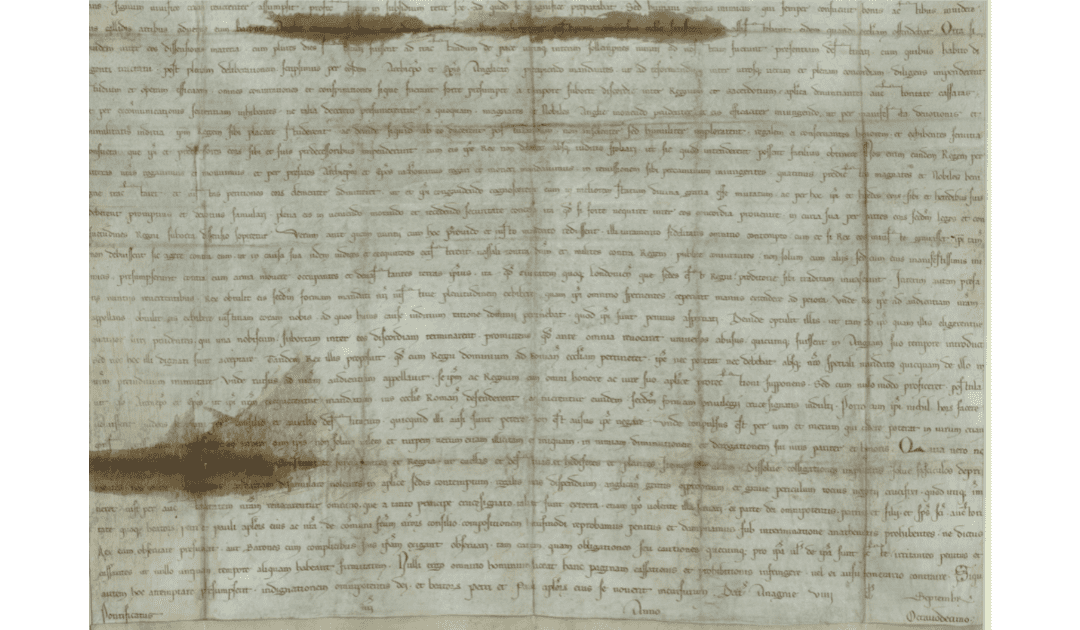On 24th August 1215 Pope Innocent III declared that Magna Carta was invalid He berated the barons that ‘by such violence and fear as might affect the most courageous of men’, they had forced John to accept an agreement ‘illegal, unjust, harmful to royal rights and shameful to the English people’. The Pope declared Magna Carta ‘null, and void of all validity for ever’
Magna Carta, Latin for “Great Charter,” is one of the most influential documents in the history of law and governance. It was signed on June 15, 1215, in Runnymede, England, by King John of England in response to the demands of a group of rebellious barons. The Magna Carta established the principle that even the monarch is subject to the rule of law and provided the foundation for democratic principles and individual rights that are still cherished today.
The Magna Carta was a response to the oppressive rule of King John, who was known for his arbitrary use of power and heavy taxation. The barons, seeking to limit the authority of the king, presented a list of grievances and demands in the form of the Magna Carta. It aimed to protect their rights and ensure that the king’s power was not absolute.
One of the most significant aspects of the Magna Carta is the principle of the rule of law. It established that no one, including the king, is above the law. The document laid the groundwork for the idea that all individuals, regardless of their status or position, should be subject to legal principles and procedures, due process, and a fair trial by jury.
Pope Innocent III believed in the theory of the sun and moon, in which the Pope as Supreme Pontiff and Vicar of Christ, is like the sun, the source of all light. The kings and princes receive their authority from the Pope and merely reflect his light. I confess that when I read about the theory of the sun and moon, I thought this was going to be about the papal view that the sun orbits the earth, rather than the other way around. That’s my anger at Pope Paul V from my research for Fire and Earth, book two in the Sir Anthony Standen Adventures.

